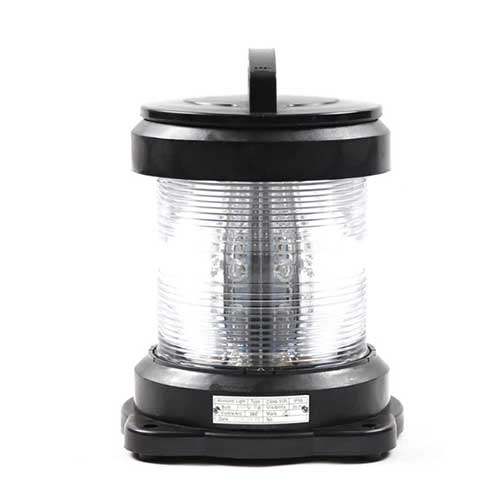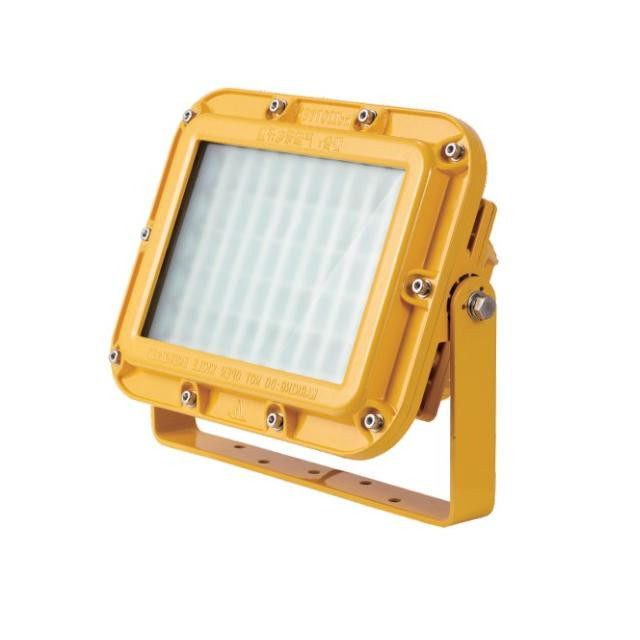Emergency and safety lighting systems are vital for ensuring the safety and security of marine vessels, their crew, and passengers. These systems serve multiple purposes, including navigation, emergency preparedness, distress signaling, operational safety, and compliance with regulations. This article explores the importance, components, and technological advancements in emergency and safety marine lighting systems.

Importance of Emergency and Safety Marine Lighting Systems:
Navigational Aid:
Marine LED Navigation Lights guide vessels through dark waters and adverse weather conditions, minimizing the risk of collisions by communicating a vessel's position, direction, and status to others.
Emergency Preparedness:
Essential for readiness during emergencies, these lighting systems provide immediate illumination to guide crew and passengers to safety, ensuring swift and orderly evacuation procedures.
Distress Signaling:
Safety lighting systems include signaling devices like strobe lights and distress flares to attract attention and summon assistance in critical situations.
Operational Safety:
Floodlights and spotlights enhance operational safety by illuminating obstacles, hazards, or other vessels, aiding in navigation, docking, and search and rescue operations.
Compliance with Regulations:

International maritime regulations mandate the installation and maintenance of emergency and safety lighting systems on all marine vessels to ensure uniform safety standards.
Components of Emergency and Safety Marine Lighting Systems:
Navigation Lights:
Including red port lights, green starboard lights, white stern lights, and white masthead lights, these lights indicate a vessel's position and direction to others.
Emergency Lighting:
Consisting of emergency exit lights, emergency illumination, and battery backup systems, these lights facilitate safe evacuation during emergencies.
Signal Lights:
Strobe lights, beacon lights, and distress flares are used for distress signaling and communication with other vessels or search and rescue teams.
Floodlights and Spotlights:
Floodlights provide general illumination, while spotlights offer focused illumination for specific areas or objects.
Remote-Controlled Lights:
Remote-controlled floodlights and spotlights allow operators to adjust lighting parameters for optimal visibility.
Backup Power Systems:
Emergency generators and battery banks ensure uninterrupted operation of critical lighting components during power outages.
Technological Advancements in Emergency and Safety Marine Lighting Systems:
LED Technology:
LEDs offer energy efficiency, longevity, durability, and instantaneous operation compared to traditional lighting sources.
Smart Lighting Controls:
Advanced lighting control systems optimize energy usage, enable remote monitoring, and dynamically adjust lighting parameters.
Wireless Connectivity:
Wi-Fi or Bluetooth connectivity facilitates centralized control and remote access of lighting systems, enhancing flexibility and responsiveness.
Integrated Light and Sound Signals:
Integration of visual and auditory signals enhances emergency notifications, ensuring prompt response and evacuation.
Compliance with Regulatory Standards:
Manufacturers adhere to stringent regulatory standards to ensure the highest safety and performance requirements are met.
Conclusion:
Advancements in emergency and safety marine lighting systems have transformed maritime safety, offering enhanced reliability, efficiency, and functionality. These systems play a critical role in ensuring safe and efficient maritime operations, providing illumination, navigation aids, and distress signals for vessels and their occupants. With continuous technological innovation, modern marine lighting systems uphold the highest safety standards.







